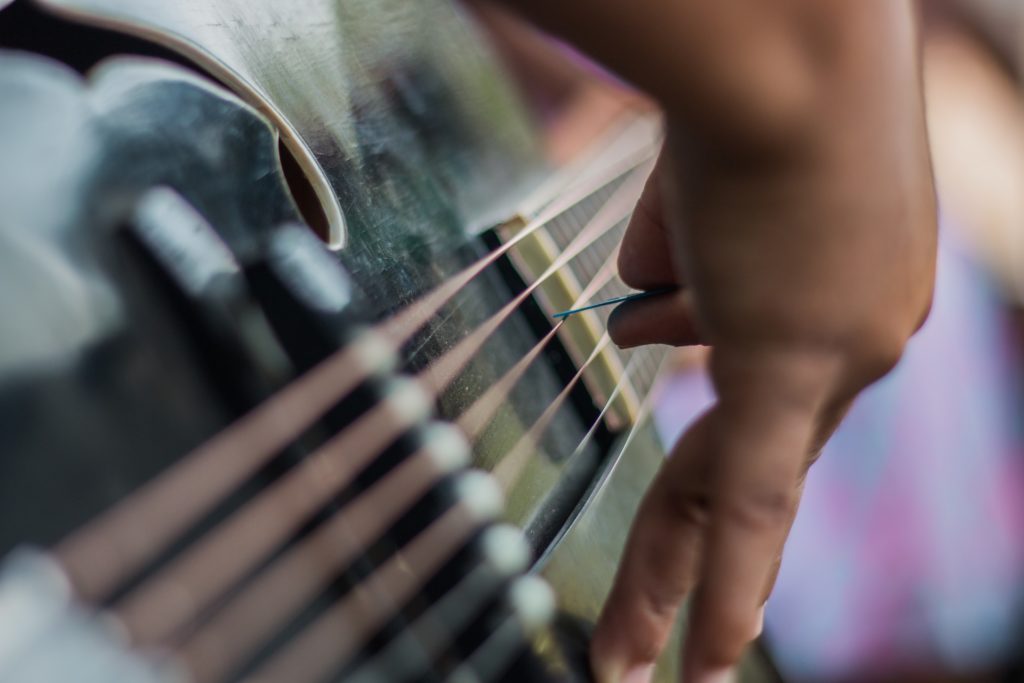This was a hugely successful project for Year 13 Physics. Learners teamed up to make podcasts telling their understanding of how physics relates to music.
Task: AS91522 Demonstrate understanding of the application of physics to a selected context.
(I’ve left this generic so you can alter it to suit your classes)

This was my first attempt at podcasting with a class and I was pleasantly surprised with its success. The students were engaged throughout the process and produced presentations that reflected their abilities and their personalities. I sat down to mark a couple and ended up staying till I’d listened to the whole class!
Week One: Introduction
- The first lesson of this unit was an introduction to science podcasts. We spent a whole lesson listening to excerpts from a variety of podcasts – some good, some not so good – and came up with attributes of a good podcast. Here are some places to find science podcasts:
- The Physics of Music Seminar. I was lucky enough to have both a colleague who is a musician/physics teacher and a school that allowed us to take students out of one class to attend a 2-hour seminar on aspects of physics in music. We had two Year 13 Physics classes and they happened to be one after the other on the timetable, so we blocked out both for a whole course intro. I explained the expectations of the assessment and my colleague ran through the physics of music including: demonstrations of standing waves in strings using guitars, physics of pick-ups and distortion pedals, and electromagnetism in speakers and amplifiers. By the end of this, students needed to have decided who they were going to work with on their podcast (they could work alone or choose someone from either class to buddy up with).
- The rest of this week was spent deciding what aspect of music they would research and how they would divide up the work.
Tip: collect in the Statement of Intention at the end of this week, it’s a good milestone for them to have and it makes them accountable for their role in the project.
Week Two: Planning and Recording
- This block is dedicated to finding the information needed to make the podcast, writing a script and recording the podcast.
Tips:
- Although Year 13 students resent using a planning template, it is really important for authenticity purposes. I neglected this step and regretted it. Make sure they record their sources of information and present their own understanding in their recording.
- Don’t let them start recording until you have checked their script, making sure they have covered enough and it’s at the right level.
- Most students found a quiet spot around the school or at home and recorded onto their phones, some recorded straight onto Audacity. They managed to do this just fine on their own.
Tip: Collaboration for podcasts can still happen when you’re physical distancing. Students can record a conversation on Zoom and it can separate the audio from the video, so they can work together and each have a copy of the audio to edit.
Week Three: Editing
- Before too many students started editing their podcasts, I ran a quick info session on how to use Audacity for editing. (You can find a printable copy here).
- Most students figured this out on their own with a bit of experimenting and helped each other solve technical difficulties.
- To collect them in, students emailed their podcast to me (making sure they had saved it as an MP3 first) with their name in the file name. No major hassles or issues.
Tip: Get students to hand in their script along with their podcasts, just in case their recording quality is terrible (I had one case of this).
The evaluation at the end of the topic didn’t end up being as important as I thought it would, but knowing that their partner might dob them in for not pulling their weight and that they may not both get the same mark was incentive enough to work well.
Do you have a question or an idea to share? Contact me.

